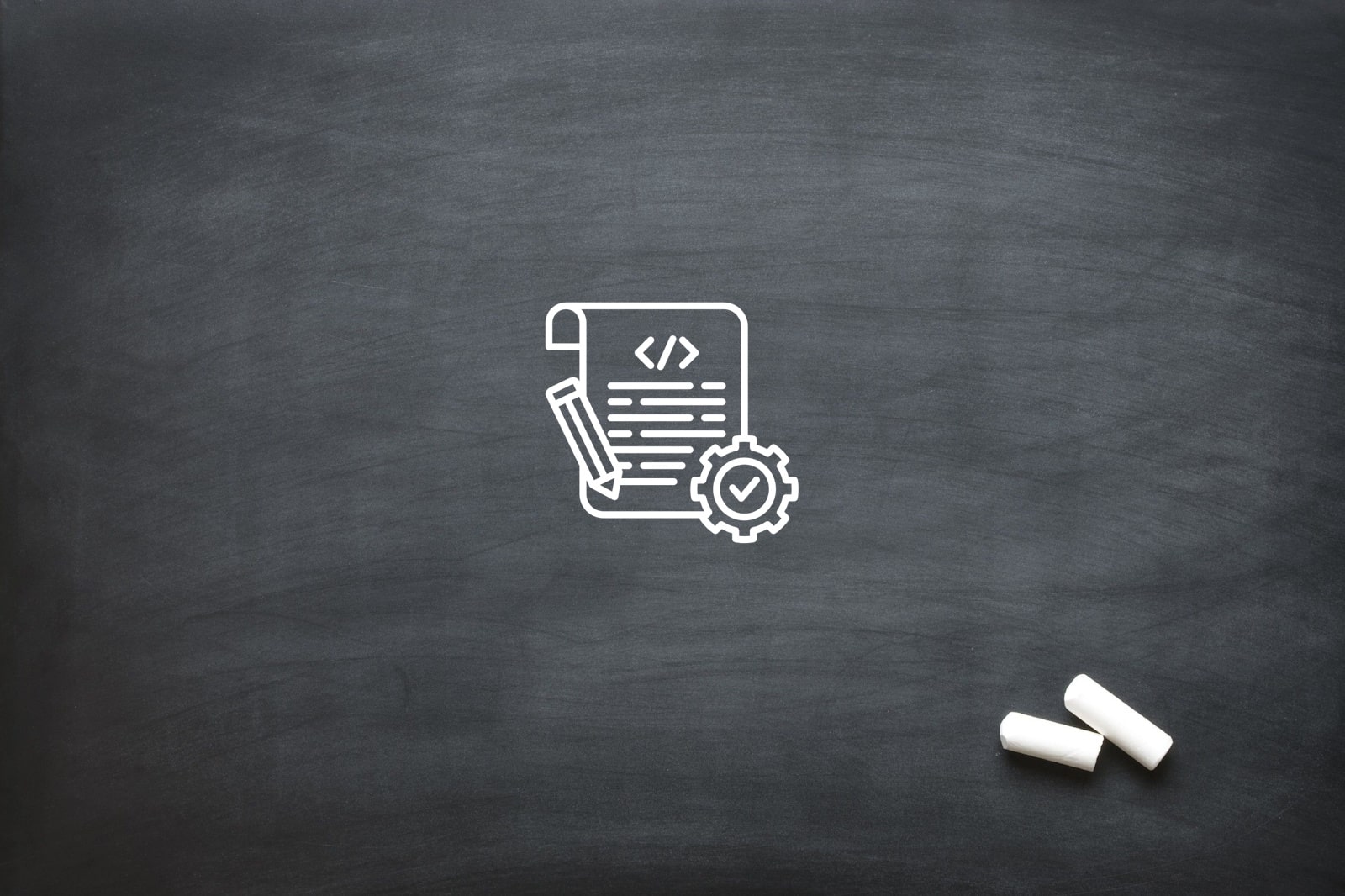
3D Animators: Predictions and Possibilities
The 3D animation business is expected to undergo substantial changes due to the emergence of new technology and shifting industry dynamics. At Oliver Karstel Agency, we recognise the importance of staying ahead of these changes to leverage new opportunities effectively. This article explores the future direction of 3D animators, focusing on emerging technologies, industry trends, and potential new applications.
Real-Time Rendering Revolution
Real-time rendering is set to transform the 3D animation landscape. Powered by advances in GPU technology and engines like Unreal Engine and Unity, real-time rendering allows animators to see changes instantly without waiting for hours or days for a render to complete. This technology will significantly enhance productivity and creativity, enabling animators to iterate quickly and refine their work with immediate visual feedback. Real-time rendering is particularly beneficial for industries requiring rapid turnaround times, such as advertising, virtual events, and interactive media.
Integration of Artificial Intelligence
Artificial intelligence (AI) is another frontier reshaping 3D animation. AI-driven tools can automate many aspects of the animation process, from rigging and motion capture to facial animation and environmental effects. These tools can analyse vast amounts of data to create realistic animations, reducing the need for manual input and allowing animators to focus on higher-level creative decisions. For example, machine learning algorithms can predict character movements based on existing animation data, significantly speeding up the process for 3D animators and ensuring more natural, lifelike motions.
Virtual Reality and Augmented Reality
Virtual Reality (VR) and Augmented Reality (AR) are expanding the boundaries of how 3D animation is experienced and utilised. VR allows animators to create immersive environments where users can interact with animated characters and settings in real time. This technology is particularly valuable for gaming, training simulations, and virtual tours. On the other hand, AR overlays digital content onto the real world, offering new opportunities for interactive storytelling and educational applications. The growing popularity of AR applications on mobile devices and AR glasses will drive demand for skilled 3D animators capable of creating compelling augmented experiences.
Procedural Animation Techniques
Procedural animation is gaining traction as a method for creating complex animations through algorithms rather than manual keyframing. This approach uses mathematical formulas and rules to generate animations, allowing for the creation of highly detailed and realistic scenes with less effort. Procedural animation is particularly effective for simulating natural phenomena like water, fire, and crowd movements. As this technology advances, we can expect more tools and software that simplify the creation of intricate animations, making high-quality 3D animation more accessible to smaller studios and independent animators.
Cloud-Based Collaboration
The rise of cloud computing is facilitating new ways of collaboration among 3D animators. Cloud-based platforms enable teams to work together seamlessly, regardless of their physical location. These platforms offer powerful tools for version control, asset management, and real-time feedback, enhancing productivity and ensuring consistency across projects. Additionally, cloud rendering services allow animators to offload heavy rendering tasks to remote servers, reducing the need for expensive hardware and speeding up production times. This shift towards cloud-based workflows will democratise access to high-end animation capabilities, allowing smaller studios and freelancers to compete on a level playing field with larger production houses.
Expanding Applications of 3D Animation
Beyond traditional entertainment, 3D animation is finding new applications in various fields. In healthcare, 3D animations are used for surgical simulations, patient education, and medical research visualisation. In architecture and real estate, animators create virtual walkthroughs and flyovers that help clients visualise projects before they are built. The automotive industry uses 3D animation for design visualisation and virtual prototyping. As technology advances, we can anticipate even more innovative uses of 3D animation in areas like education, marketing, and scientific research.
The future of 3D animation is brimming with possibilities, driven by advancements in real-time rendering, artificial intelligence, VR and AR, procedural techniques, and cloud-based collaboration. At the Oliver Karstel Agency, we believe that staying informed and adaptable is crucial to leveraging these emerging technologies effectively. By embracing these trends, 3D animators can push the boundaries of creativity, improve productivity, and explore new applications that were once beyond imagination. As the industry evolves, those who adapt will lead the way in defining the future of 3D animation.
Stay ahead with the Oliver Karstel Agency. Contact us today to elevate your 3D animation projects and lead the industry into the future. Let’s innovate together!
We are a leading video production company in Johannesburg and have one of the top learner management systems in South Africa. We specialise in Video Production, Photography, Graphic Design, eLearning Development, Web Design, Animation and Creative Consultation. | info@oliverkarstel.co.za | www.oliverkarstel.co.za | IG.com/oliverkarstel






